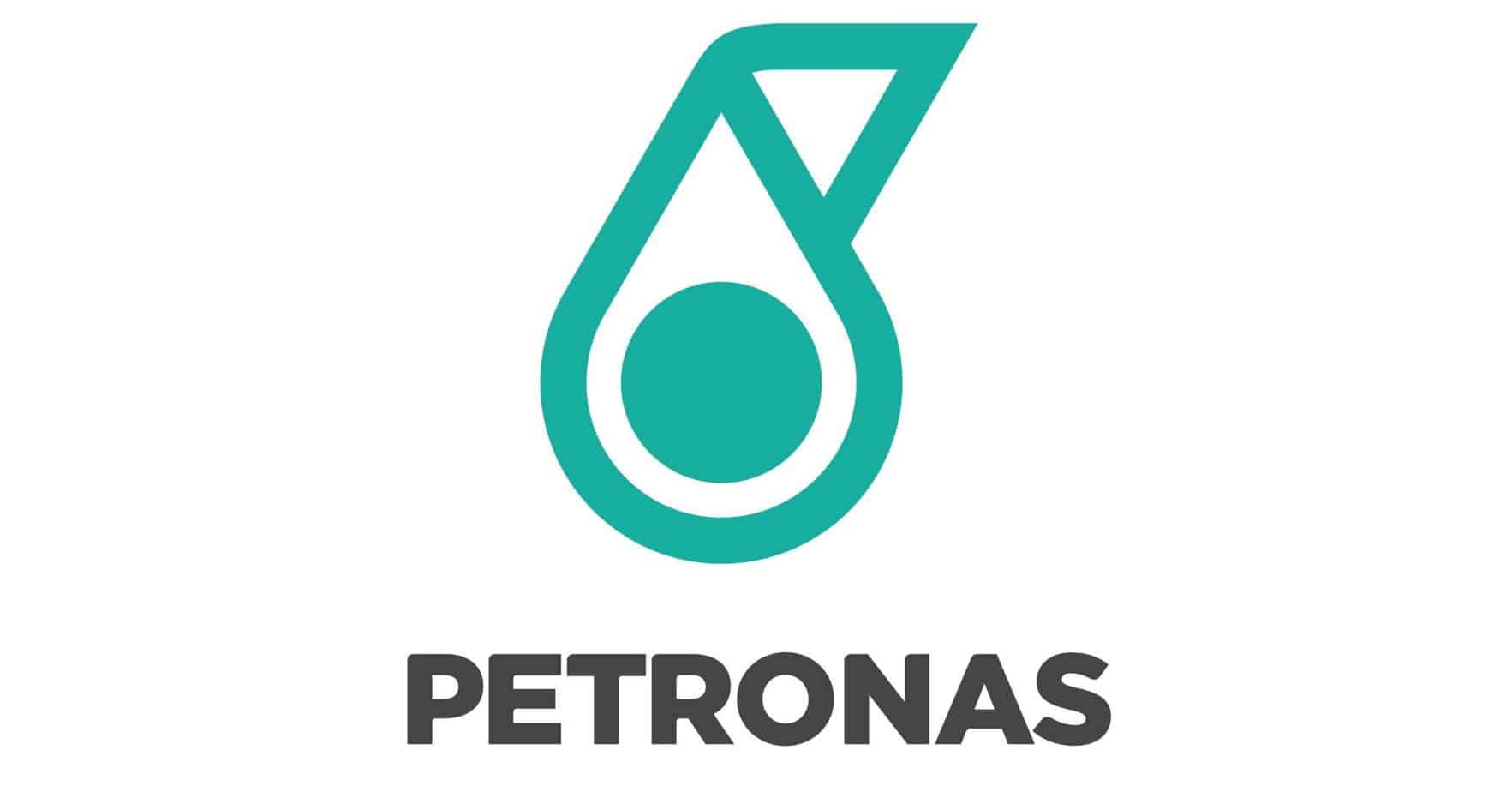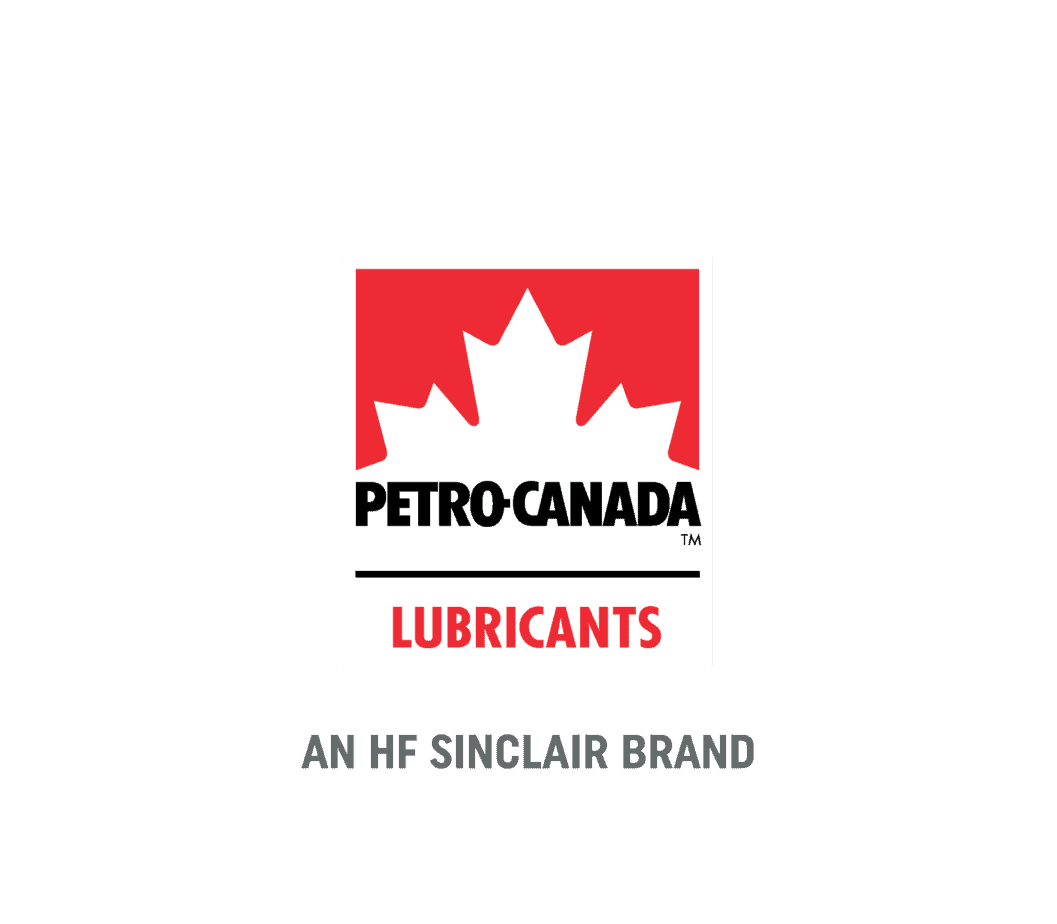
When it comes to the insulation and cooling of transformers and certain other types of electrical equipment (including high-voltage capacitors and circuit breakers / switches), transformer oil – produced by manufacturers such as Millers and Nynas – plays a crucial role.
It helps to dissipate heat, providing insulation between components and protecting systems from oxidation and moisture.
In this mini article, we will put the spotlight on the two main types of transformer oil: type 1 (uninhibited) and type 2 (inhibited), helping you to understand their key differences.
Type 1 transformer oil (uninhibited)
Type 1 transformer oil is often referred to as uninhibited oil; a mineral-based oil that contains no added oxidation inhibitors.
It is a high-quality insulating oil, but because it lacks oxidation inhibitors, uninhibited oil is more prone to degradation over time when exposed to heat and oxygen. The result is the formation of sludge and acids that can negatively impair performance.
Type 1 oil is widely used in applications where transformers operate under less stressful conditions or where regular maintenance is expected. It can also be the transformer oil of choice in some older transformers or scenarios in which chemical additives are unwanted, due to issues related to compatibility or the environment.
Type 2 transformer oil (inhibited)
Type 2 transformer oil is also known as inhibited oil. Unlike type 1 transformer oil, it does include oxidation inhibitors such as DBPC (2,6-di-tert-butyl-p-cresol). These chemical additives significantly slow down the rate of oxidation, which can contribute to a significantly longer service life, reduced sludge formation and better thermal stability.
Inhibited oil keeps its insulating and cooling properties much better over time, which means it is suitable for transformers operating under high electrical or thermal loads.
Because of these benefits, type 2 oil is often recommended for new and high-capacity transformers, especially those used for heavy-duty tasks or in continuous operation. The presence of inhibitors means that maintenance doesn’t need to be conducted as frequently, and that there is improved reliability over a longer period of time.
Choosing between type 1 and type 2 transformer oil
Whether to select type 1 and type 2 transformer oil comes down to the operational demands of the transformer, and the maintenance practices that are required.
We can summarise that while type 1 oils are simpler and additive-free, type 2 oils offer enhanced protection and longevity, making them a preferred option for many modern and high-performance systems.








































